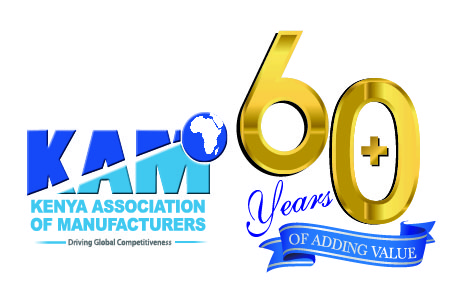Why competitiveness is a more valuable parameter for Kenya’s growth prospects
By Mucai Kunyiha
When we speak of a country’s competitiveness, we are looking at its ability to sustainably produce goods and services for which there is a market at a price and quality that their market is willing to pay for. Competitiveness may be local or regional and is now increasingly global as the Internet and global infrastructure allow for the almost seamless exchange of goods and services across continents.
Kenya has come a long way in terms of creating a conducive business environment that will nurture local industries and attract Foreign Direct Investment (FDI). Perhaps a conspicuous signifier of this is our recent ranking in the Global Ease of Doing Business at position 61, which is 12 places up from the previous year and 31 places from 2016.
However, Ease of Doing Business is a ‘necessary but not sufficient’ condition to improve growth and prosperity. This reminds me of a conversation on an East African country where you are able to register a business in hours ‘I can set up in hours, but then what do I sell? How do I make money?’ – this is a competitiveness question.
Global competitiveness is therefore crucial to industrialization and sustained productivity that will ensure a country’s capacity to provide productive jobs, decent wages and consequently a dependable social support system for its population. Competitiveness may be due to natural factors e.g. climatic conditions, physical location or geographic conditions. In some cases, competitiveness is built on the sheer will and determination of a nation without any such benefits, Japan and Singapore being examples of such power-houses that emerged despite, and some may argue because of, not having any physical or geographic advantage.
I would argue that the most potent form of global competitiveness is where natural factors are combined with will and determination to create powerhouses that are unbeatable. A classic example in our country is the floriculture industry where we have combined our location, weather and altitude with investment, both local and international, to create a world-beating industry, especially in cut roses.
Theoretically, in a liberalized economy, competitiveness is found and nurtured by the free market. Economic actors find and discover what the markets want and then compete to provide goods and services at a quality and price that is competitive. However, the State is today a major player in affecting competitiveness positively or negatively.
In a positive sense, the State can build infrastructure that eases movement of goods and people, educate the populace, provide healthcare, etc that affect the macroeconomic factors. Some states also directly affect competitiveness by giving tax breaks, rebates and other incentives to exporters etc. This can, however, provide perverse incentives and shield a country’s industrial sector from global markets and, ironically, reduce their global competitiveness.
State action can also negatively affect competitiveness; taxation and lack of policy coherence can disincentivize investment in certain sectors or a country altogether. A major challenge is that whilst ‘all politics is local’ and reacts to local pressures, competitiveness is global and has no allegiances to nation or region – the money and the customers will move to where they can get the best value. Consequently, the government constantly needs to assess the impact on global competitiveness as we formulate and implement policies affecting manufacturing.
Labour policy is perhaps the best example that demonstrates the tensions between global competitiveness needs and local political issues. Whilst it is considered politically prudent to increase wages and limit the issuance of work permits to foreigners, the impact on productivity and global competitiveness can be dire in many industries. Ideally, wages ought to be pegged to productivity and firms ought to be able to acquire the best skills they can to enhance productivity, which would include some element of foreign staff.
Similarly, in agriculture, Kenya has spent billions of tax-payers funds attempting to revive moribund industries in sugar, meat and maize production yet in all three we have some of the highest prices in the world of the finished product and are no longer globally competitive. Hence it is possible for Brazilian eggs to be shipped across the seas and land cheaper in Nairobi than eggs from Thika – and our core question ought to be how come Brazil is more agriculturally competitive than we are?
So as we look at the Manufacturing Pillar of the Big 4 Agenda and our ambitions to grow manufacturing beyond 15% of GDP, our key question must be as simple as it is foundational – what can we make in Kenya today at a quality and price that is globally competitive?
The Writer is the Vice Chairman of Kenya Association of Manufacturers and can be reached on info@kam.co.ke.
Looking for elevation? KAM lifts you up.
- Direct technical assistance
- Capacity building programmes
- Networking and mentorship
- Industry insights & analysis
- Trade & export development services
